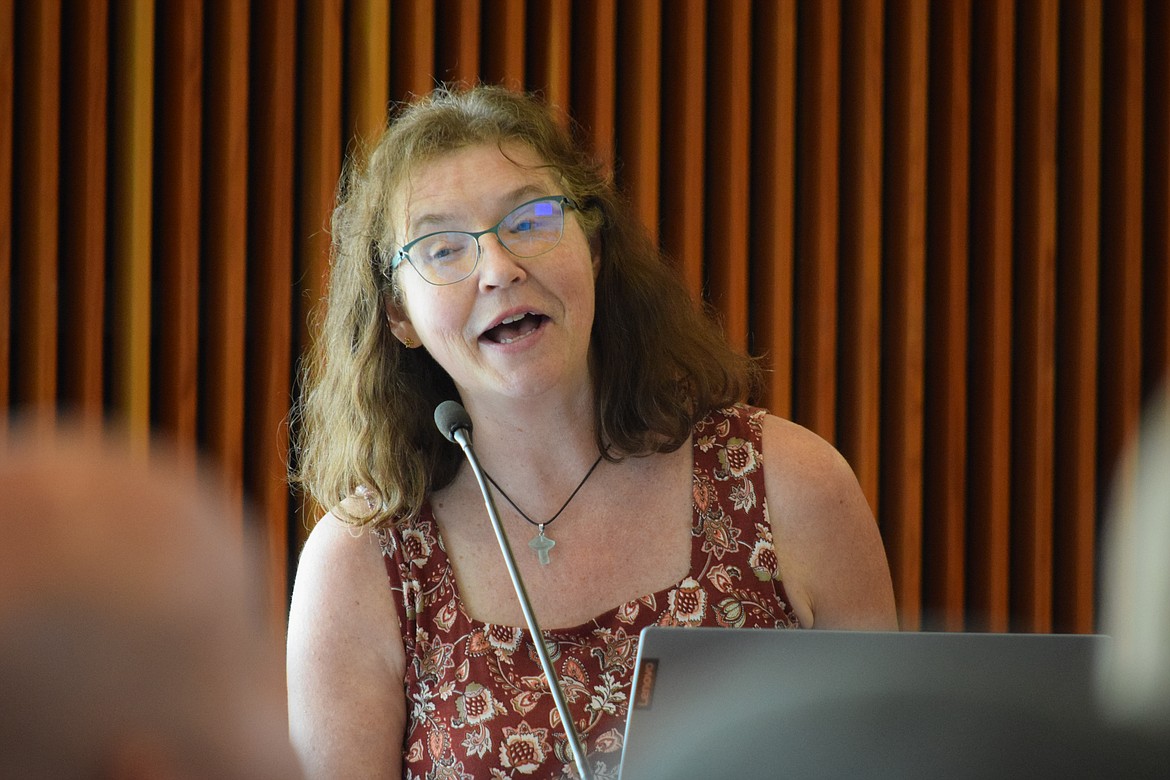Moses Lake water demand to outstrip supply by 2034
MOSES LAKE — If the city of Moses Lake keeps growing at its current rate, demand for water will exceed the city’s current supply, according to Jill Van Hulle, a senior water resource specialist with Aspect Consulting told the Moses Lake City Council during a special study meeting on Thursday.
Become a Subscriber!
You have read all of your free articles this month. Select a plan below to start your subscription today.
Already a subscriber? Login



